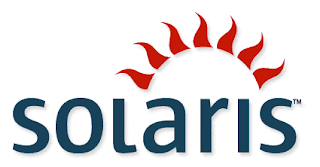Abstract:
Under SPARC Logical Domains, the Hypervisor is actually running in the firmware of the chassis, where the Control Domain sends commands to partition the hardware underneath the OS's. The hypervisor and all settings are completely in memory... which means if there is a power outage, all virtualization configuration can be lost. The ILOM has onboard storage, to hold the LDoms configuration, when saved, and the hypervisor in the firmware is smart enough to request the configuration from the ILOM on boot, and then simultaneously boot all Logical Domains (including the Control Domain.)
List LDom Configurations
To list all Logical Domain Configurations, which were stored to the ILOM:
sun1824-cd/root# ldm list-spconfig
factory-default
@post-migration [current]
default-config
20190301
20191002
20211014
20220908
Note: in the above example, the "@post-migration" means the configuration was saved the last time someone executed a live migration onto or off of this platform, with the "-s" flag for "save config".
Save Logical Domain Configuration
To save a copy of the LDom configuration:
sun1824-cd/root# ldm add-spconfig `date +%Y%m%d`
sun1824-cd/root#
List Saved Logical Domain Configurations
The newly saved logical domain configuration should show as the Year, Month, Day combination
sun1824-cd/root# ldm list-spconfig
factory-default
@post-migration
default-config
20190301
20191002
20211014
20220908
20230218 [current]
sun1824-cd/root#

